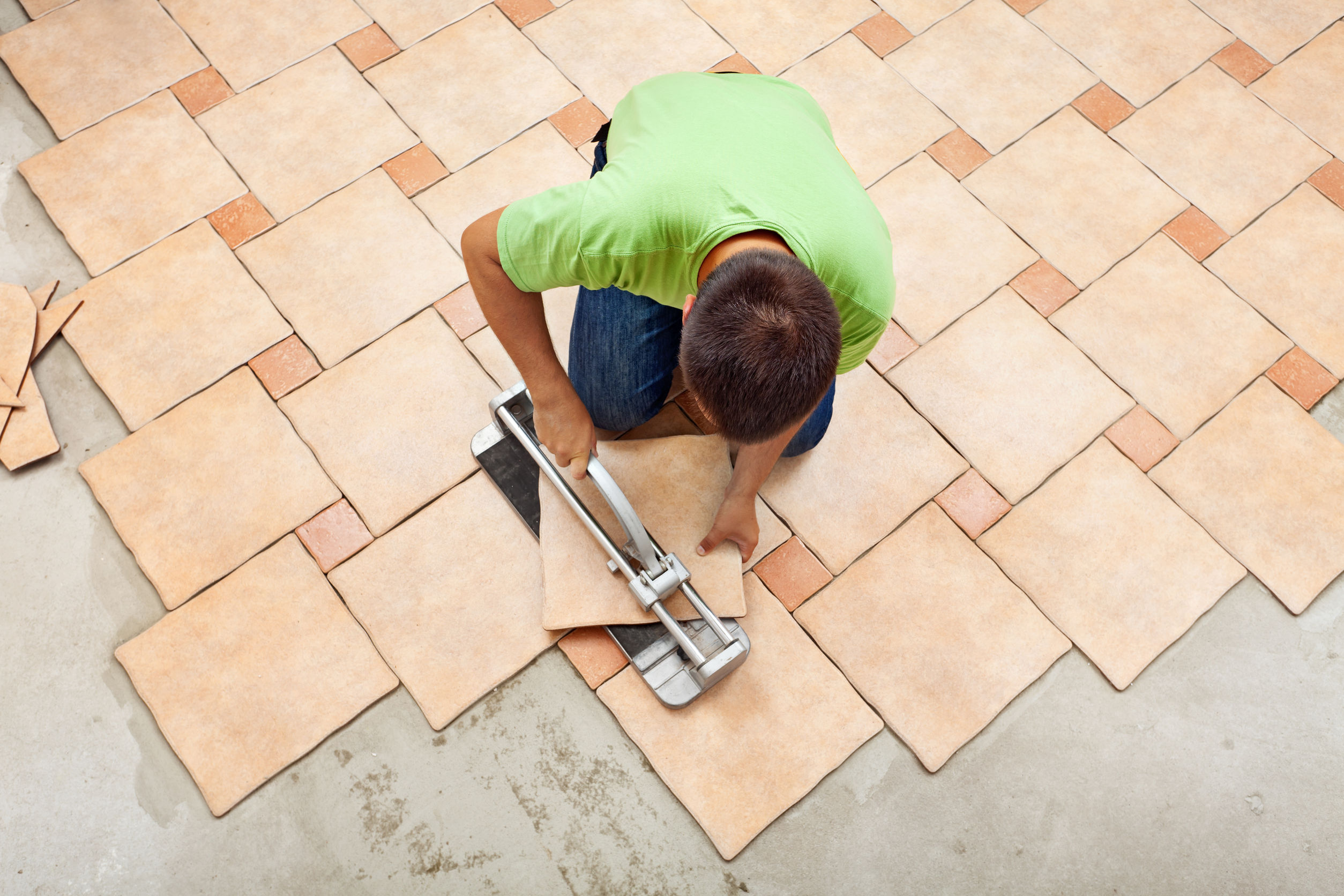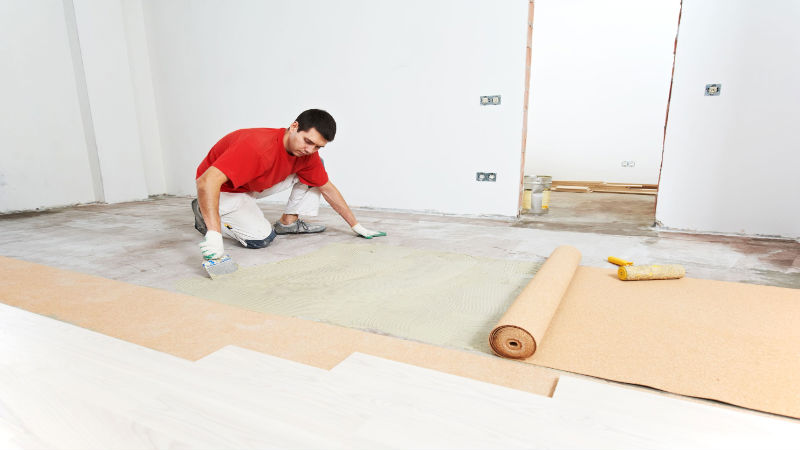Flooring is a major element in your home or business, comprising a large surface area that draws a lot of attention – and a lot of wear. Choosing a material that reflects your style in addition to being durable and easy to maintain will ensure you get the most value for the floor you install.
When considering types of flooring, there are several materials options, each of which offers its own advantages. Here’s a quick review to help you compare them:
• Concrete/cement: Non-porous when sealed and cured properly, cement or concrete flooring can be a good choice for areas with high humidity or dampness. They can also be tinted or stamped to achieve a more pleasing look than “plain” concrete or cement, and it wears well.
• Stone or conglomerate tile: This group includes marble, granite and other stone slab floors as well as terrazzo tile, which features both stone or glass fragments and a filler designed to improve flexibility, stain resistance and noise level. Among this group, terrazzo is the environmentally friendly choice since it uses recycled materials in it manufacture. If you want a high-end, natural look that’s durable and easy to maintain, terrazzo is a top choice.
• Wood: Wood flooring can create a warm and cozy feeling or a sleek, contemporary tone, depending on the finish you use. It wears fairly easily in high-traffic areas, is easily scratched, requires regular resealing and finishing to stay looking good, ad care must be taken during cleaning to avoid the floor from remaining damp. It’s also not a good choice for areas with high humidity.
• Laminate: Designed to look like natural wood or stone, laminate is a cheaper alternative of either. It does not hold up well in high-humidity areas, and once worn, most laminates cannot be refinished.
• Vinyl: Vinyl is an inexpensive option, but it also wears much more easily than other types of flooring, and replacing it once worn is a labor-intensive job.
• Ceramic: Ceramic tiles come in lots of different sizes, shapes and colors, either glazed or unglazed. Smaller tiles mean more grout lines to maintain than most stone- or conglomerate-based floors, and ceramic also tends to chip and stain if not properly sealed.
Understanding your flooring options gives you a broader choice when designing your home. Take some time to consider how your floor will be used to get the most value for your money.








